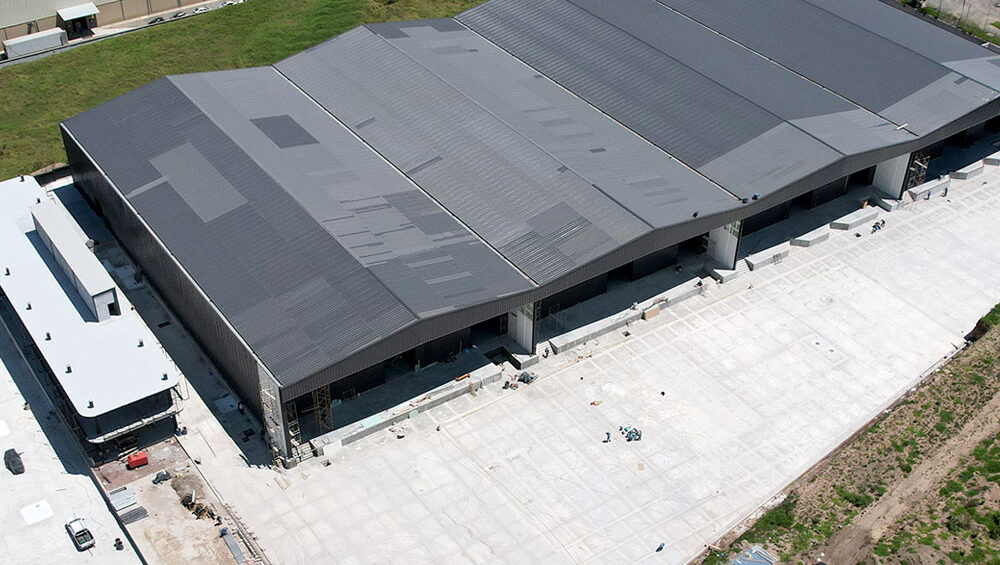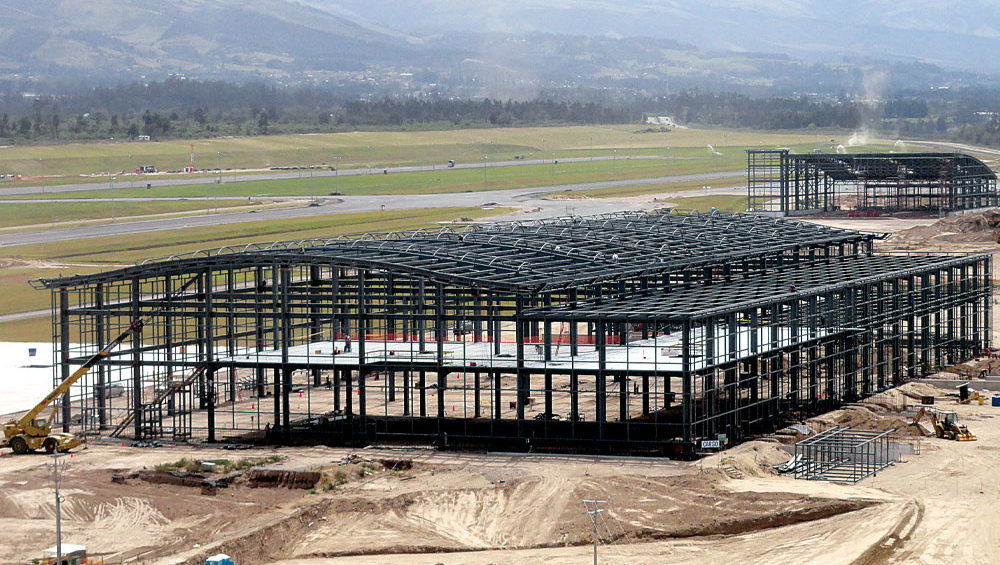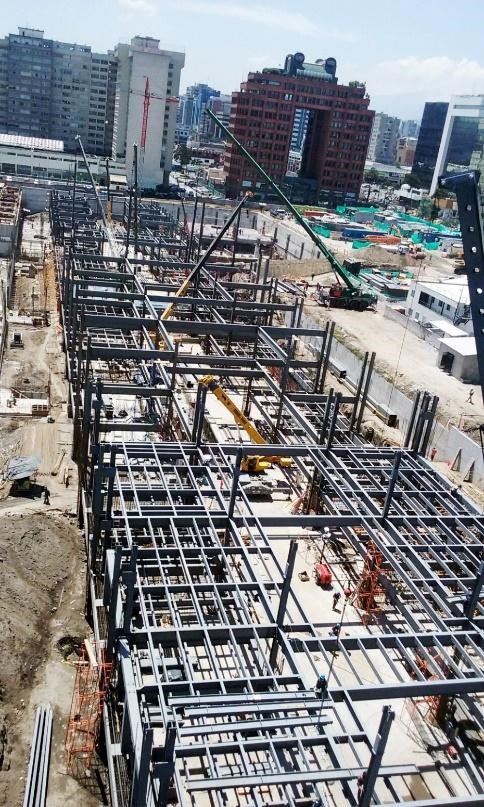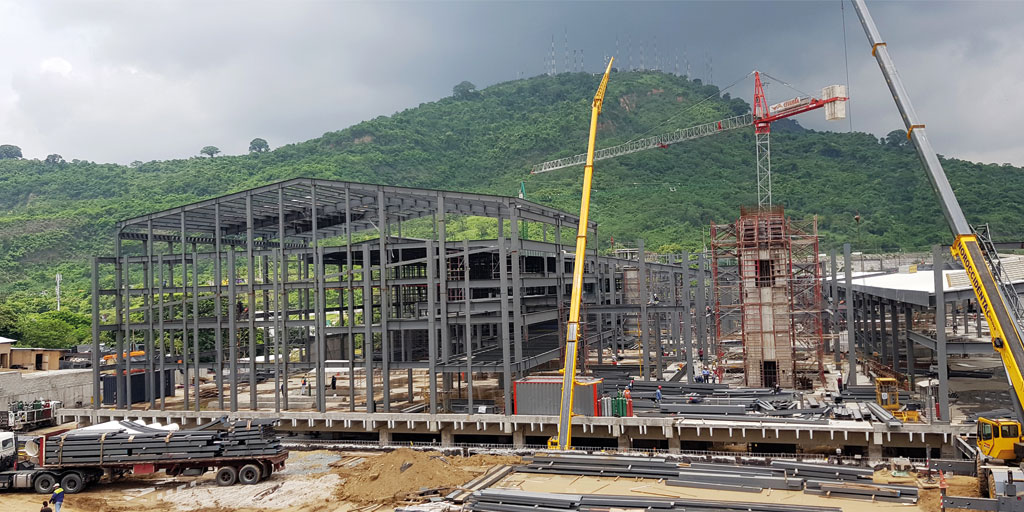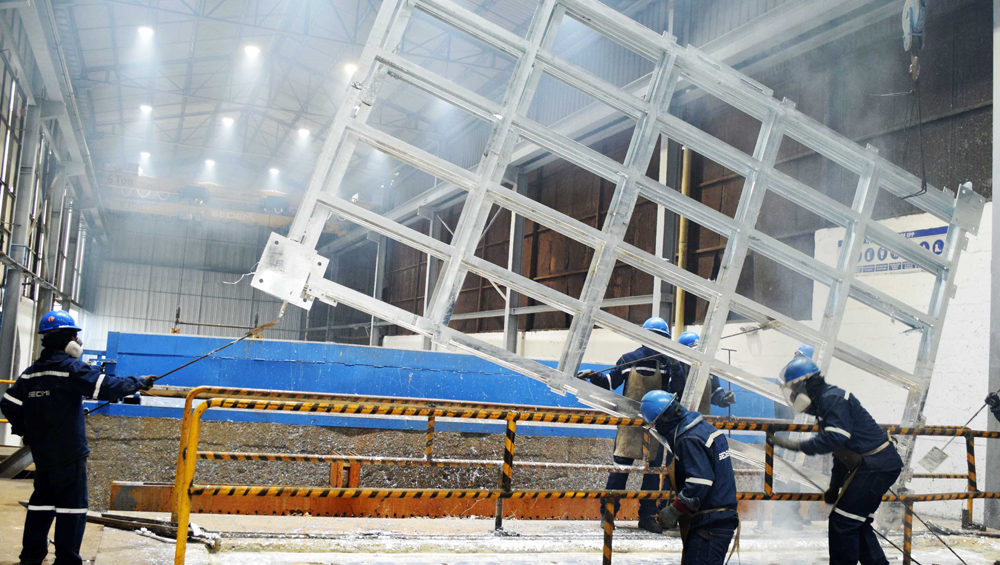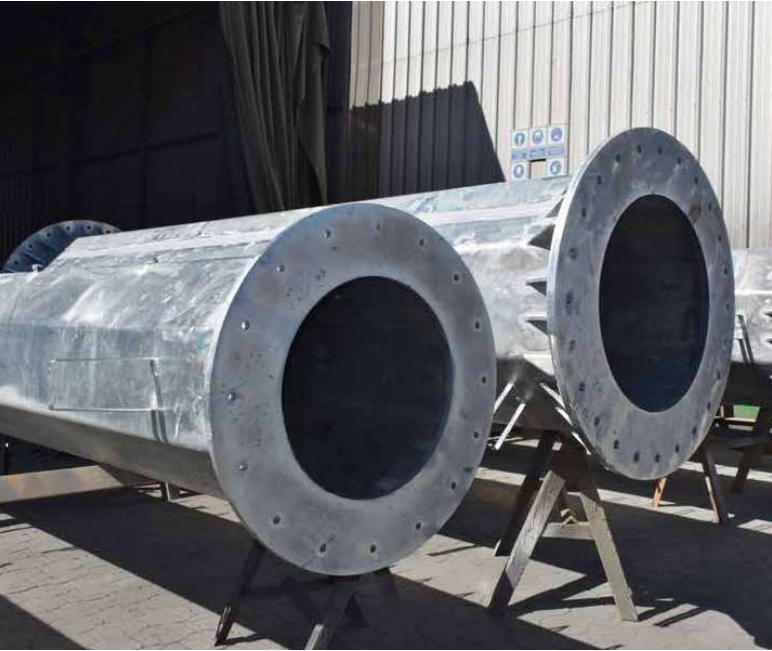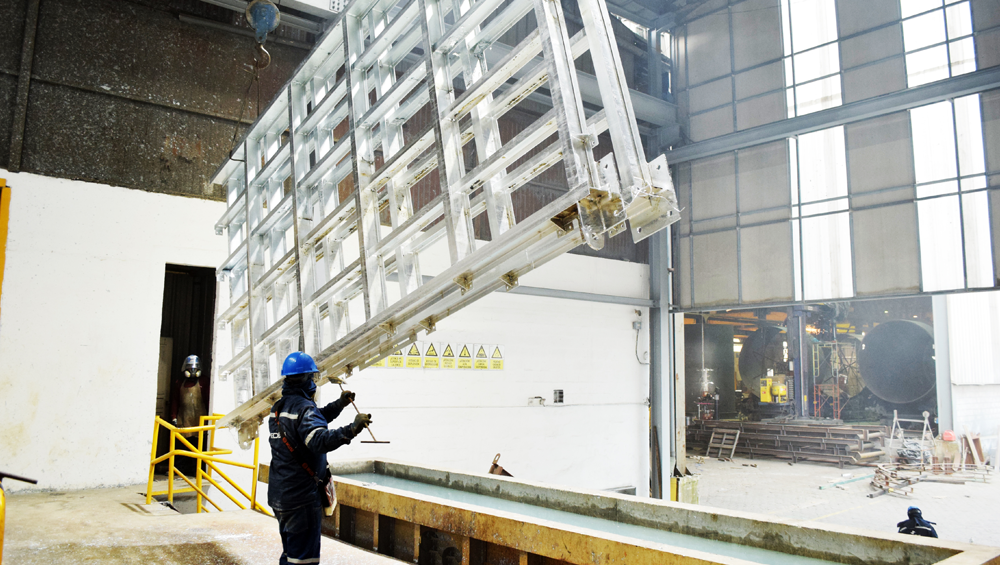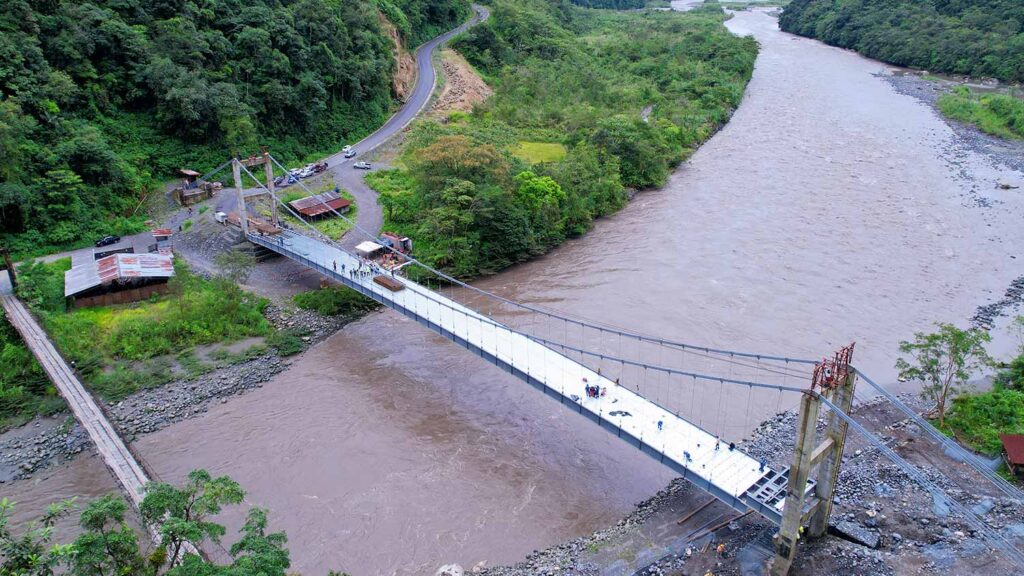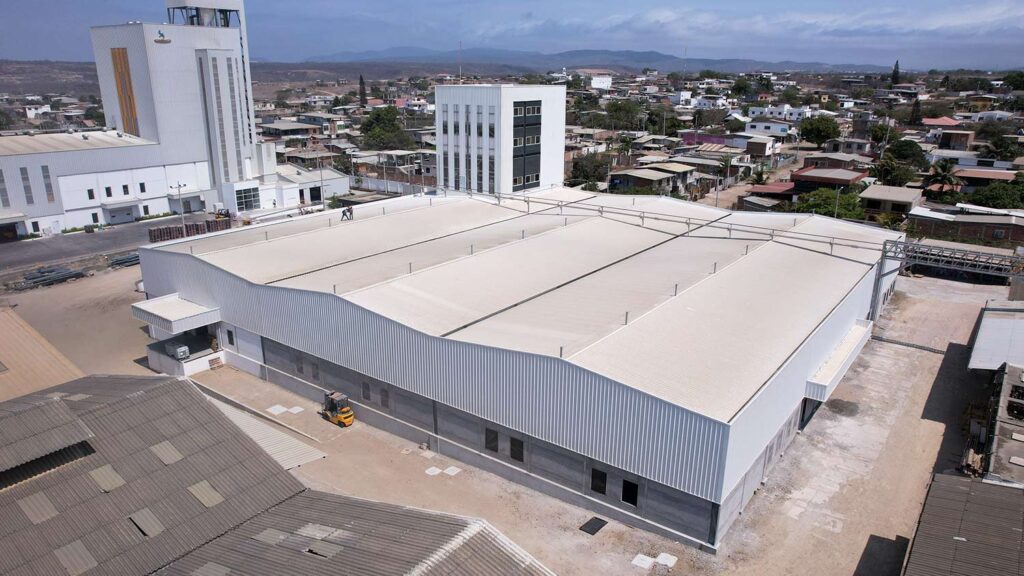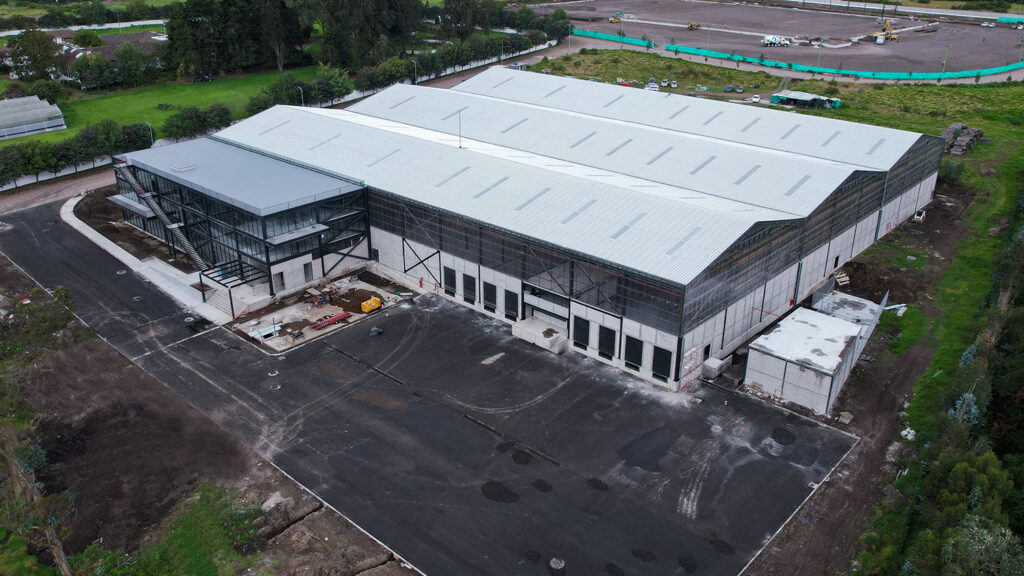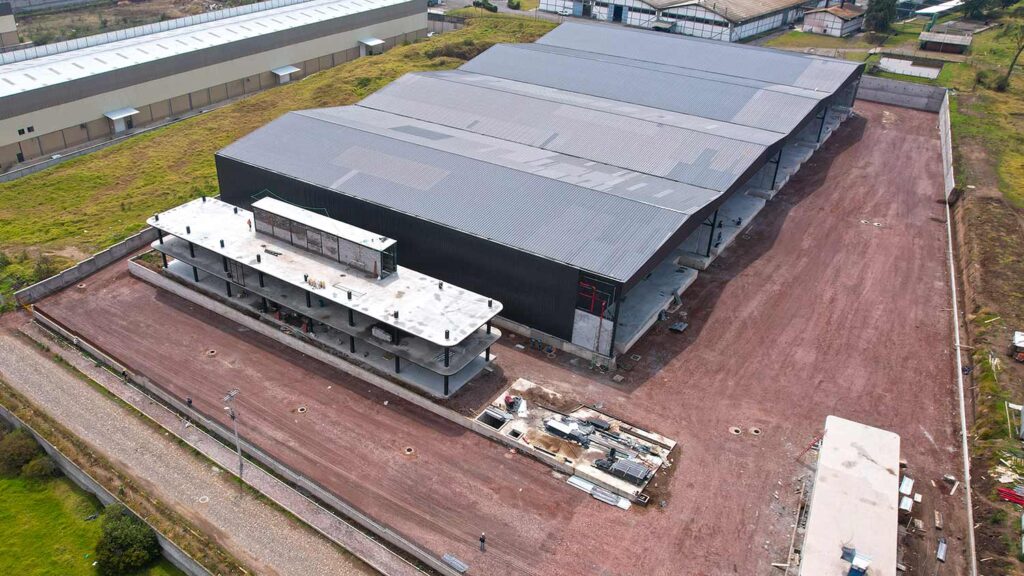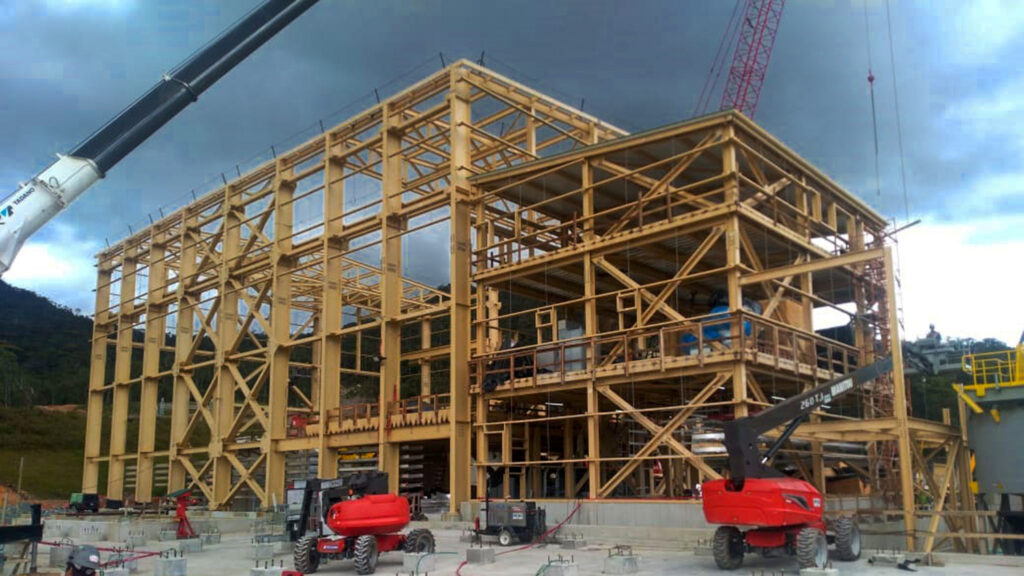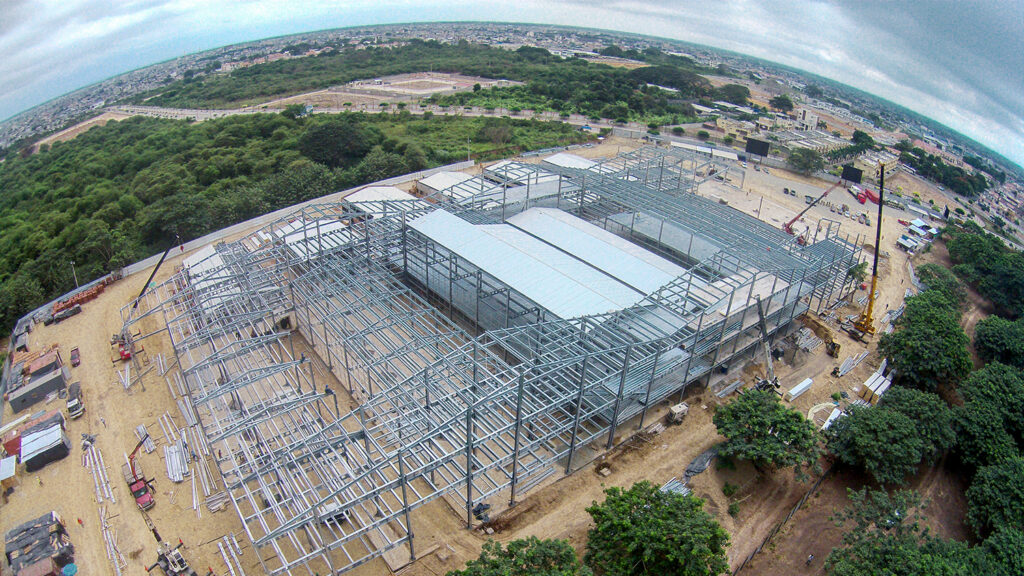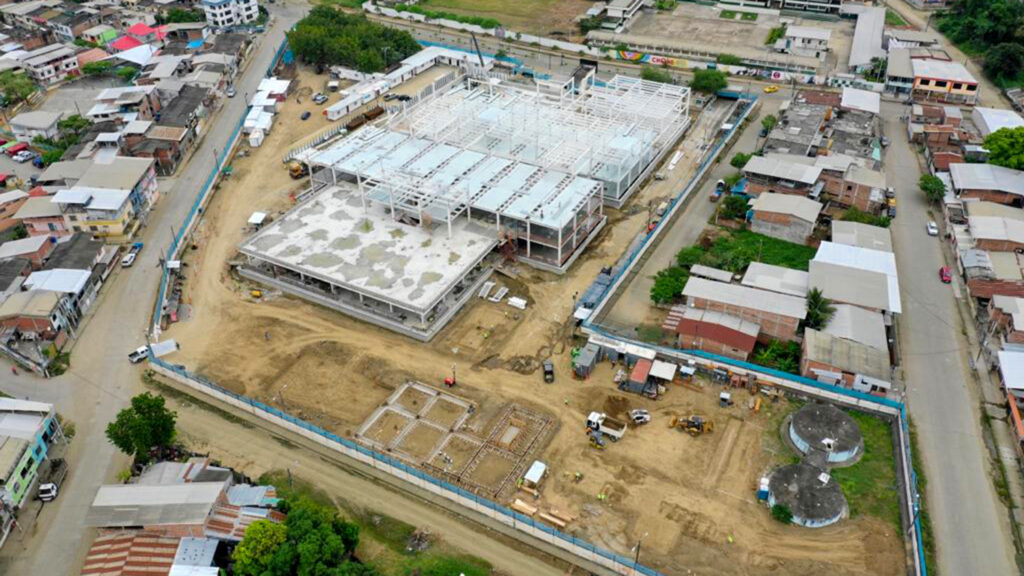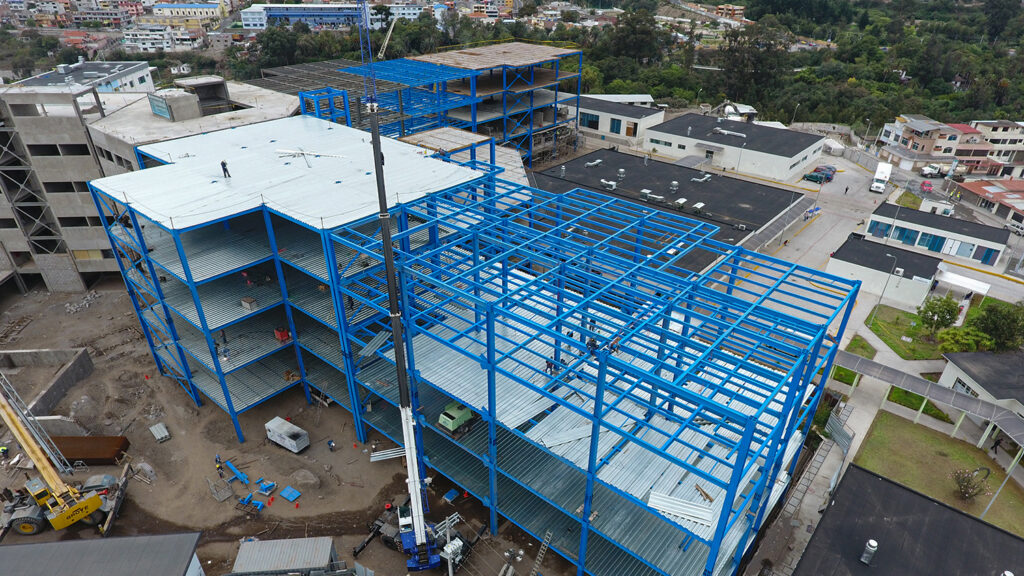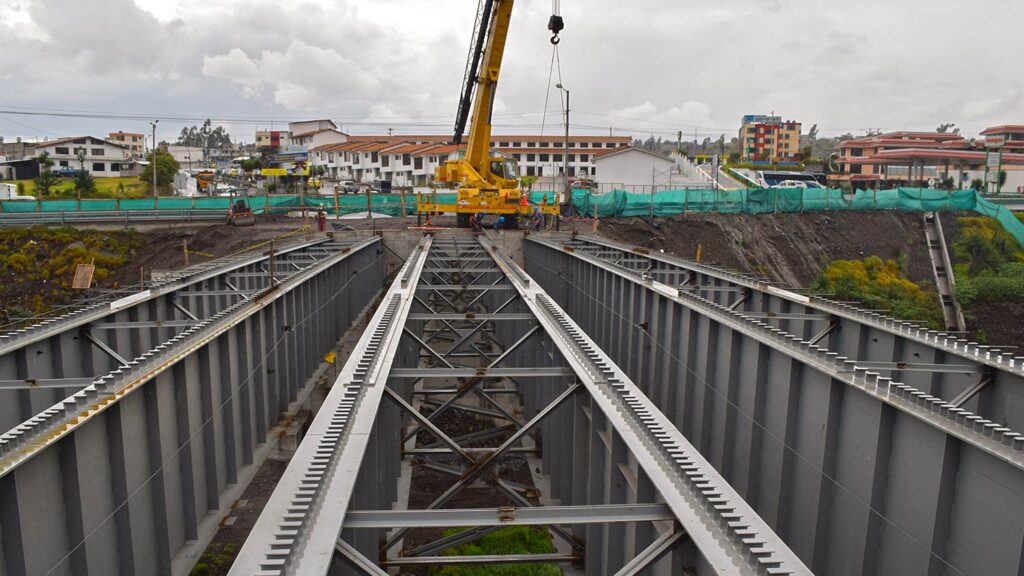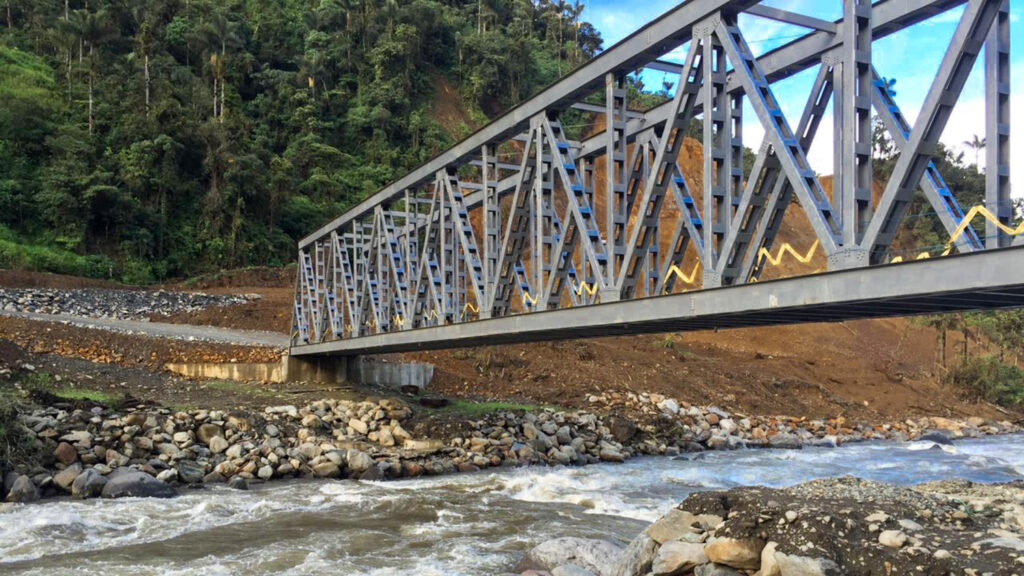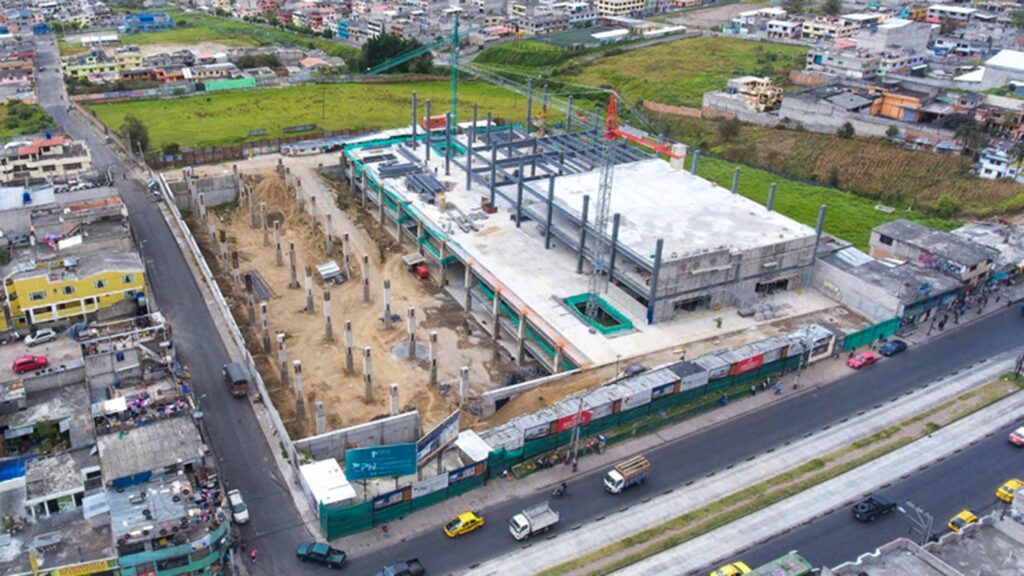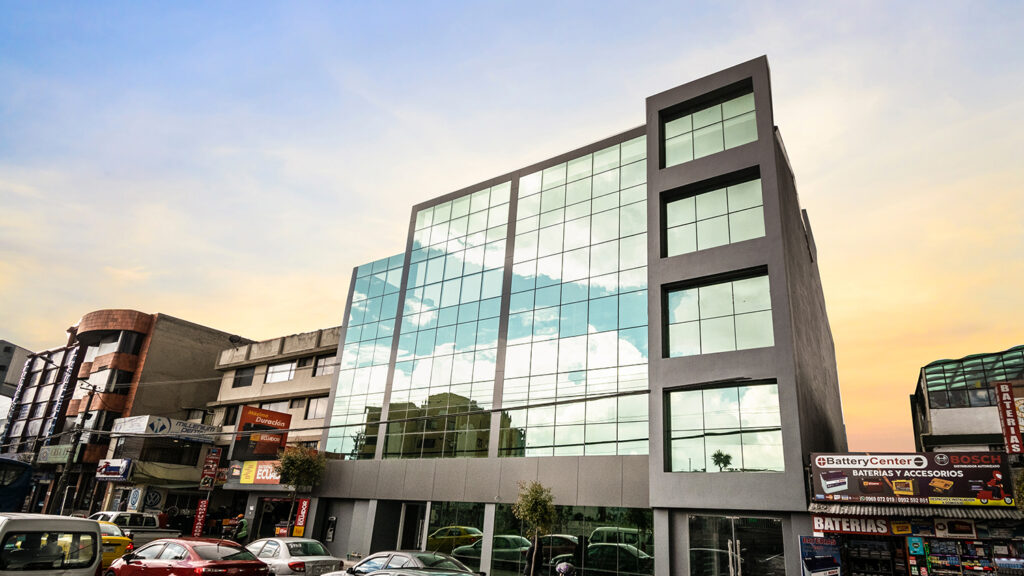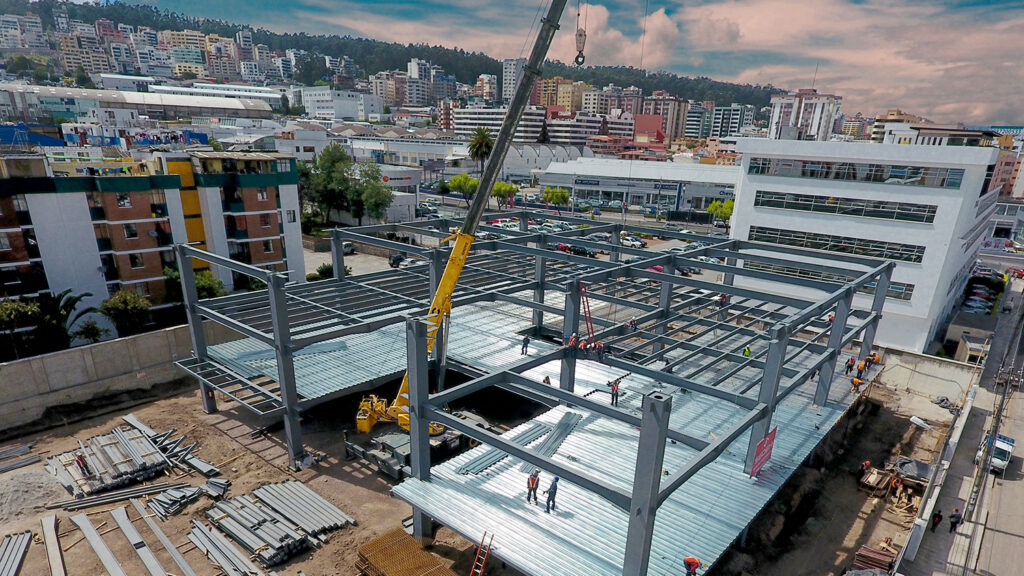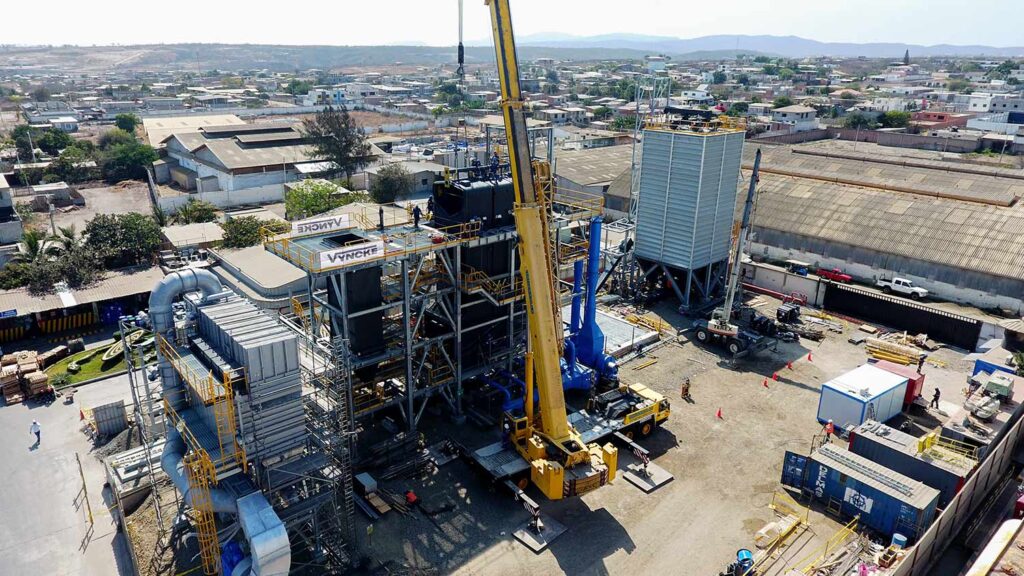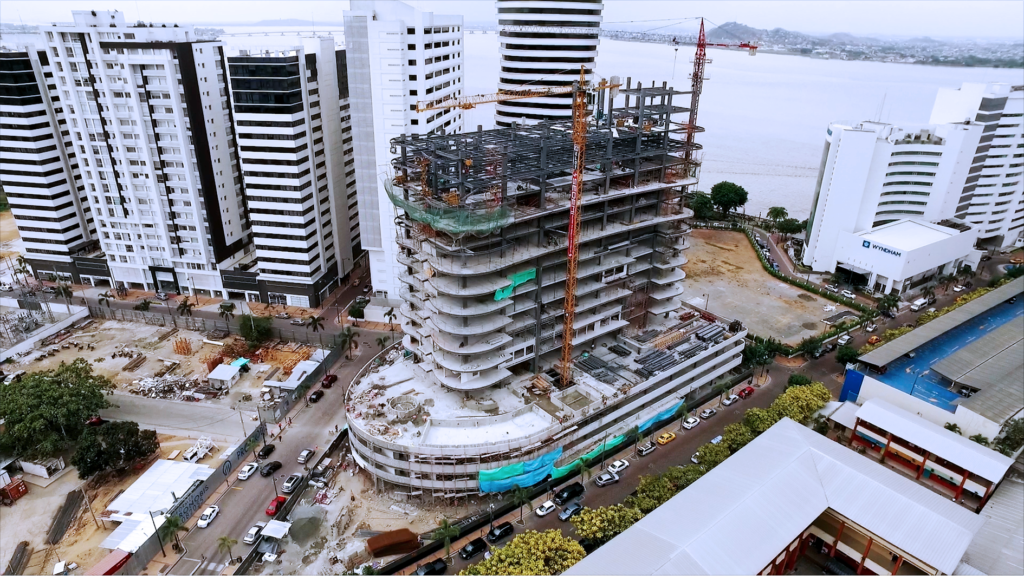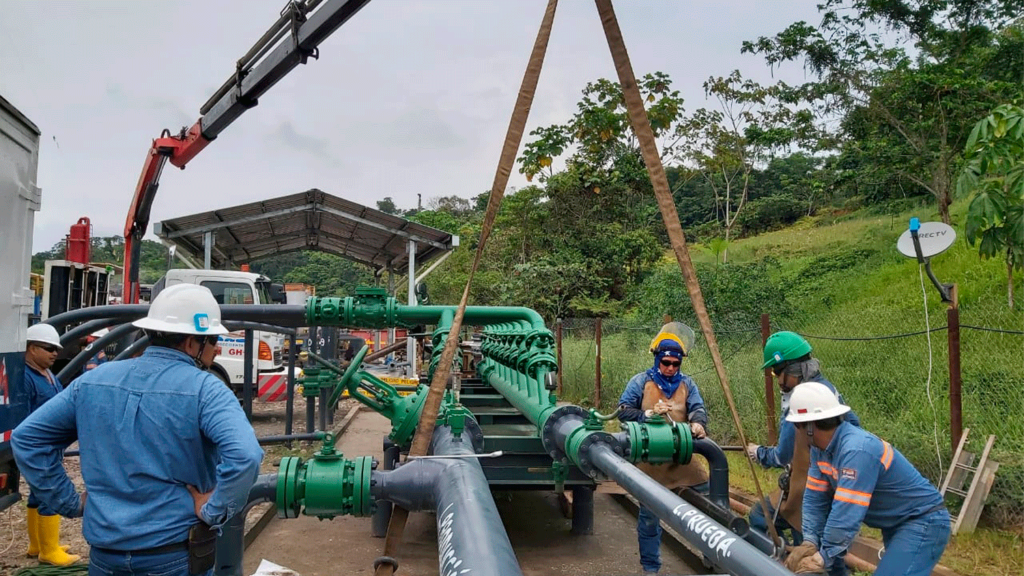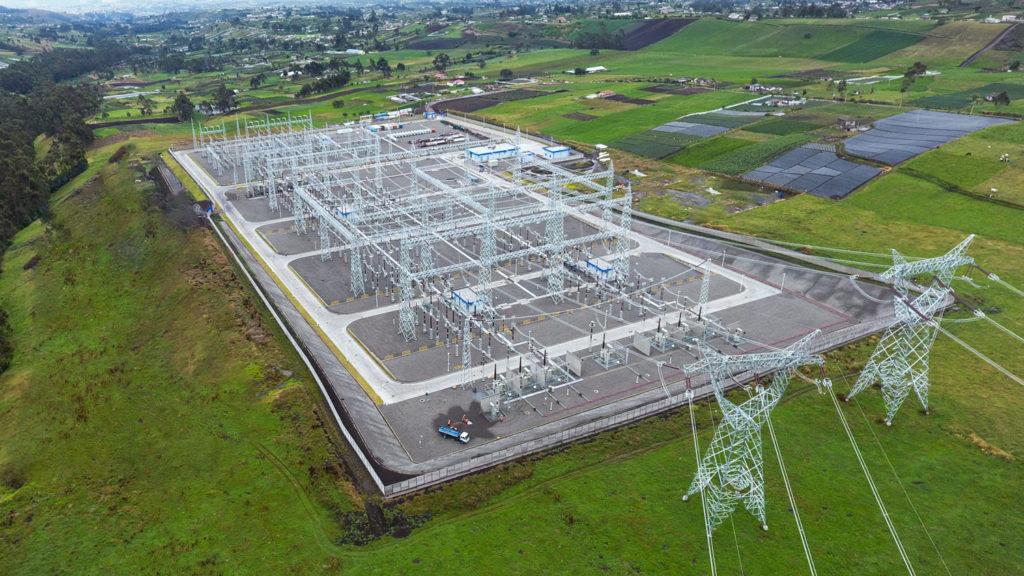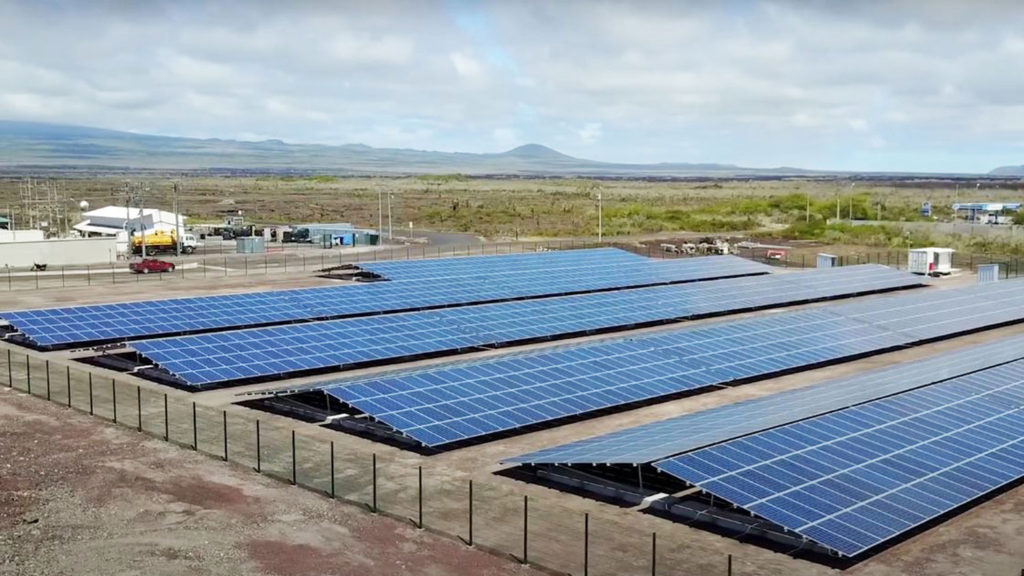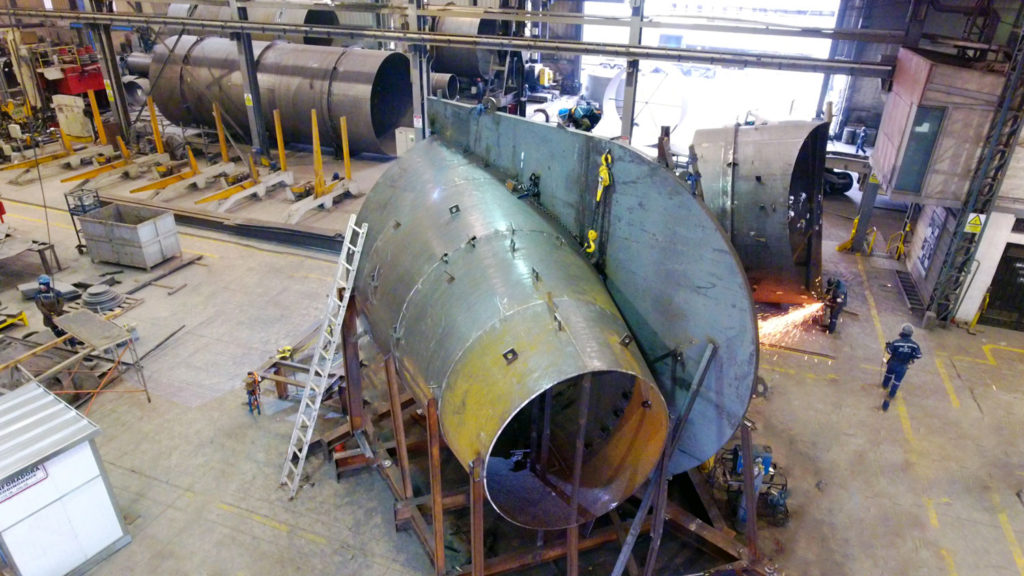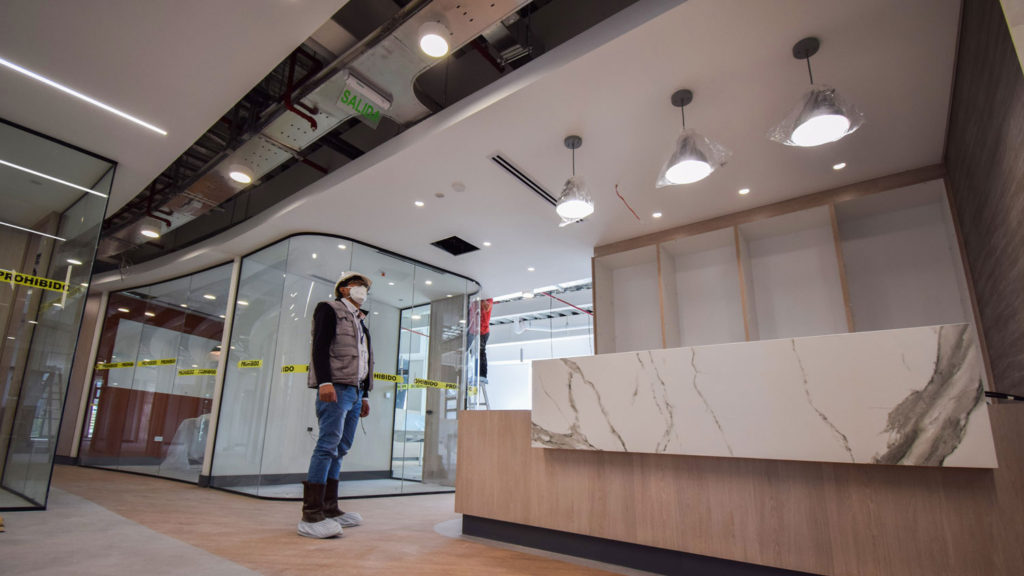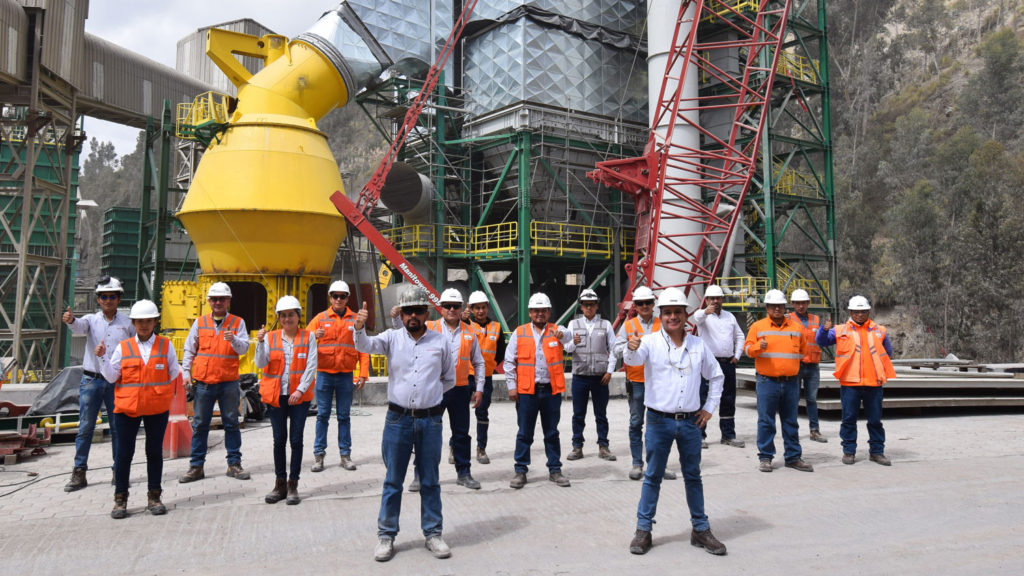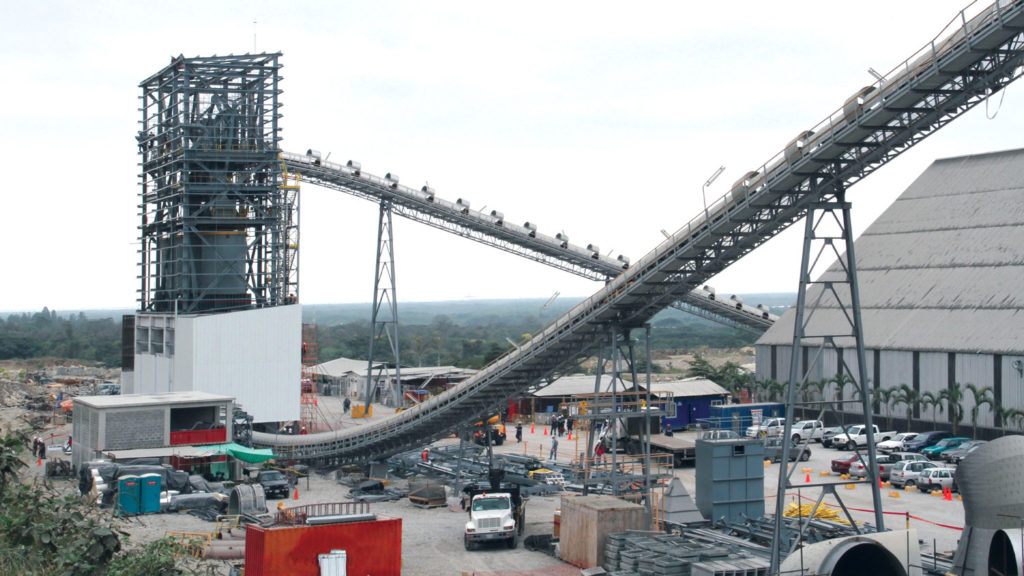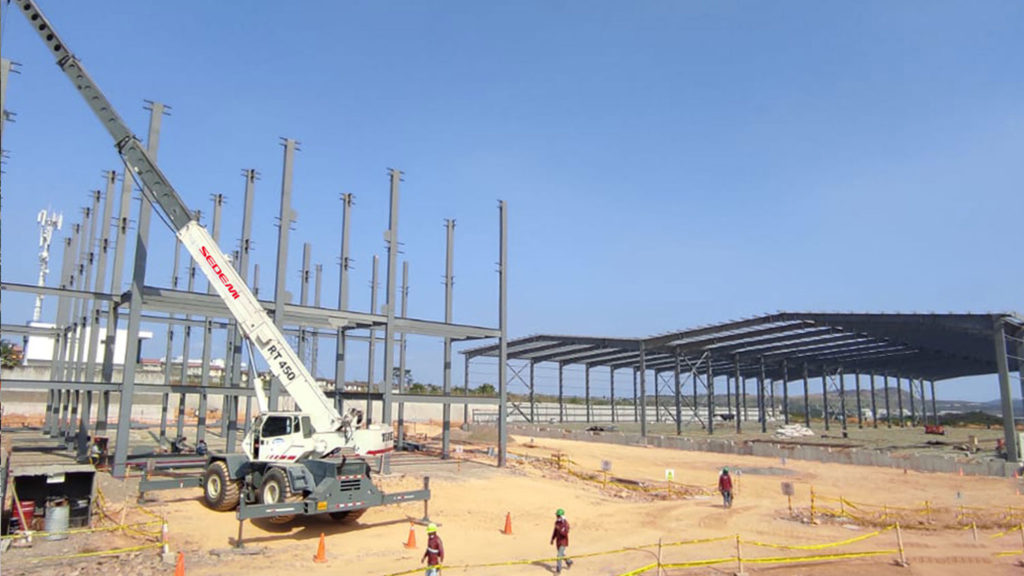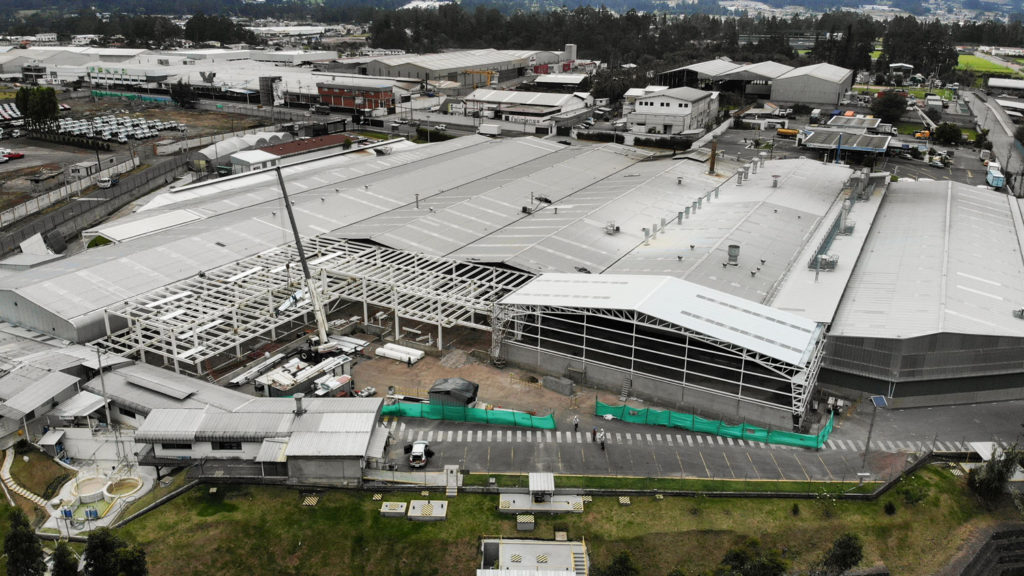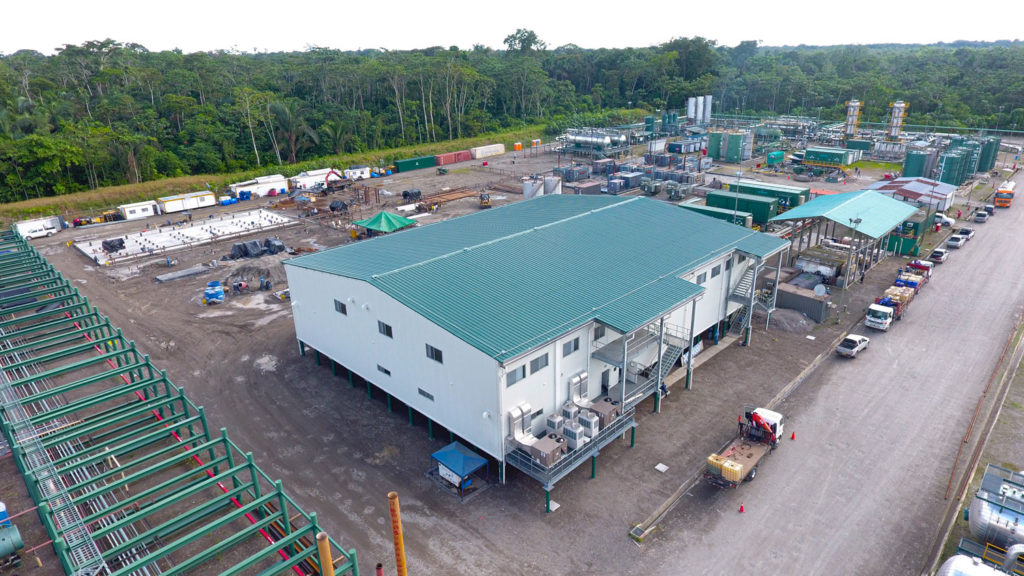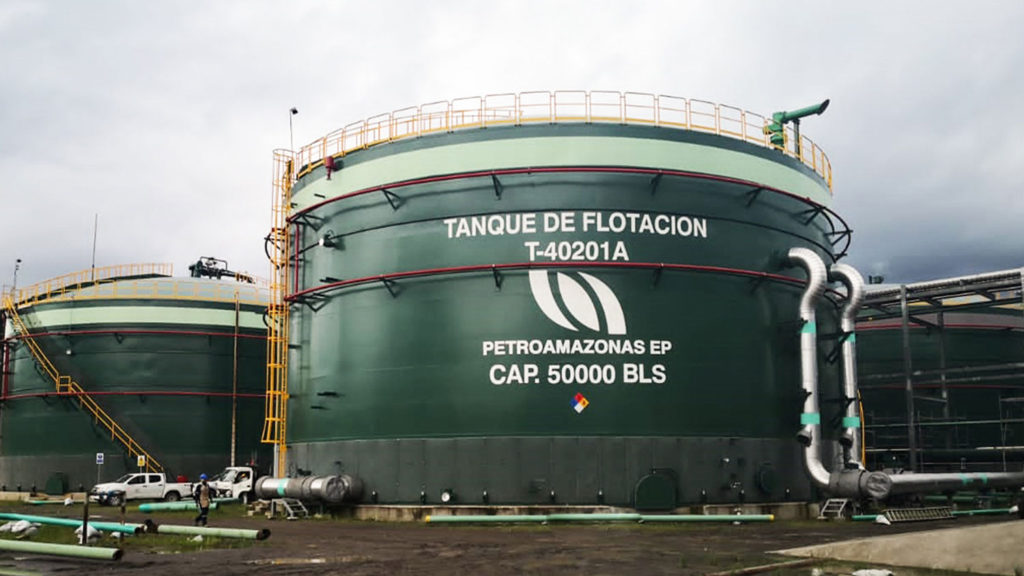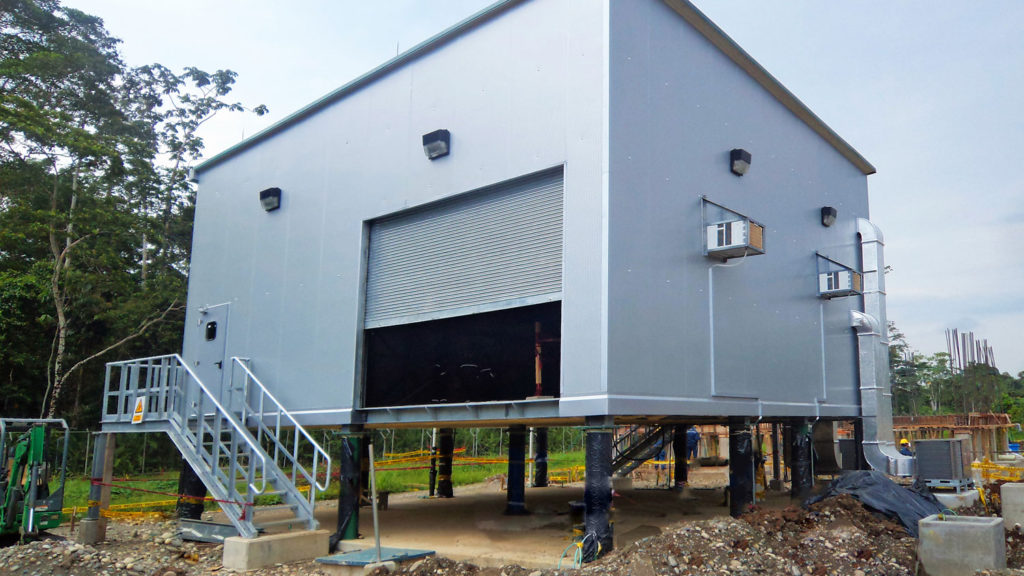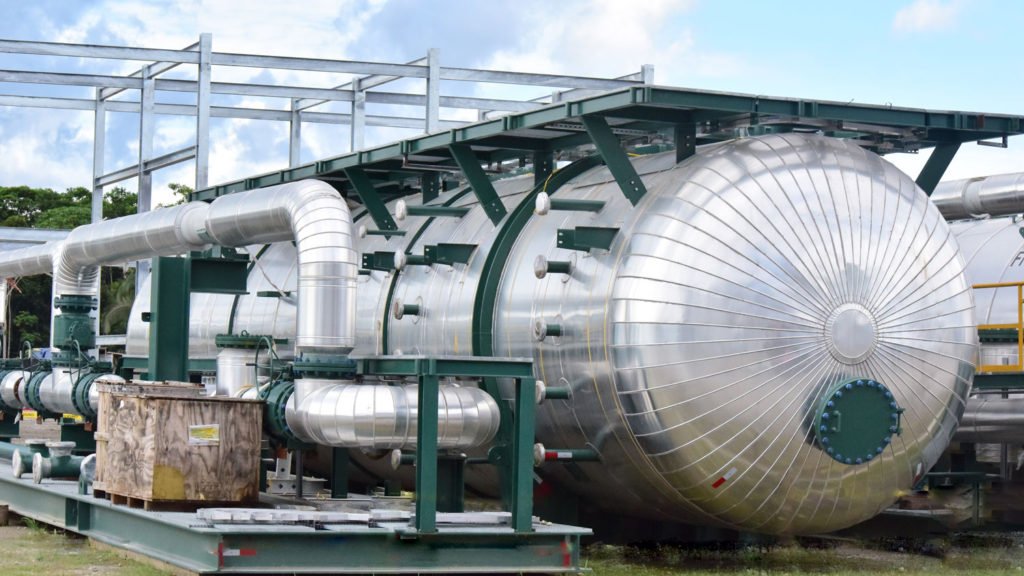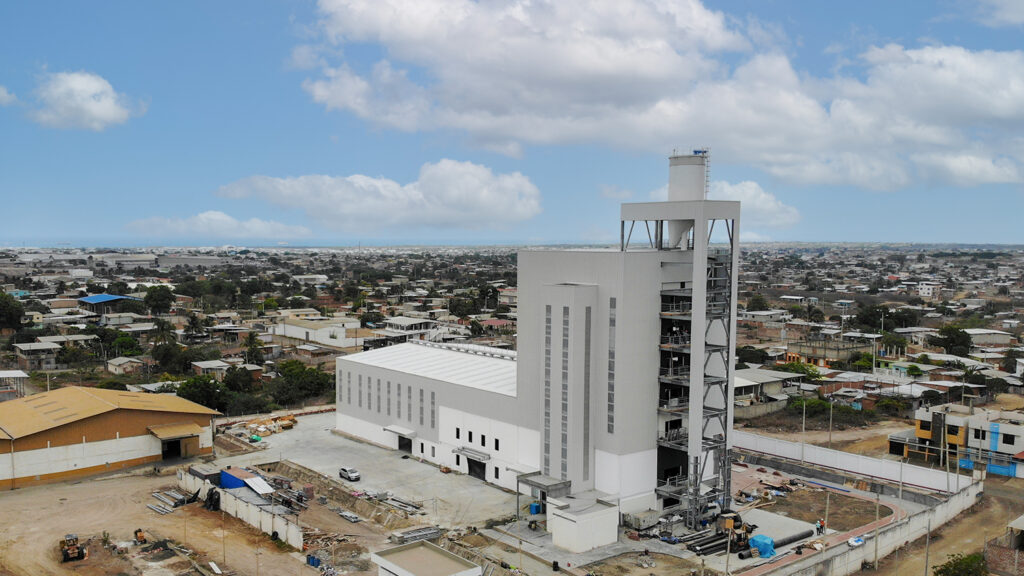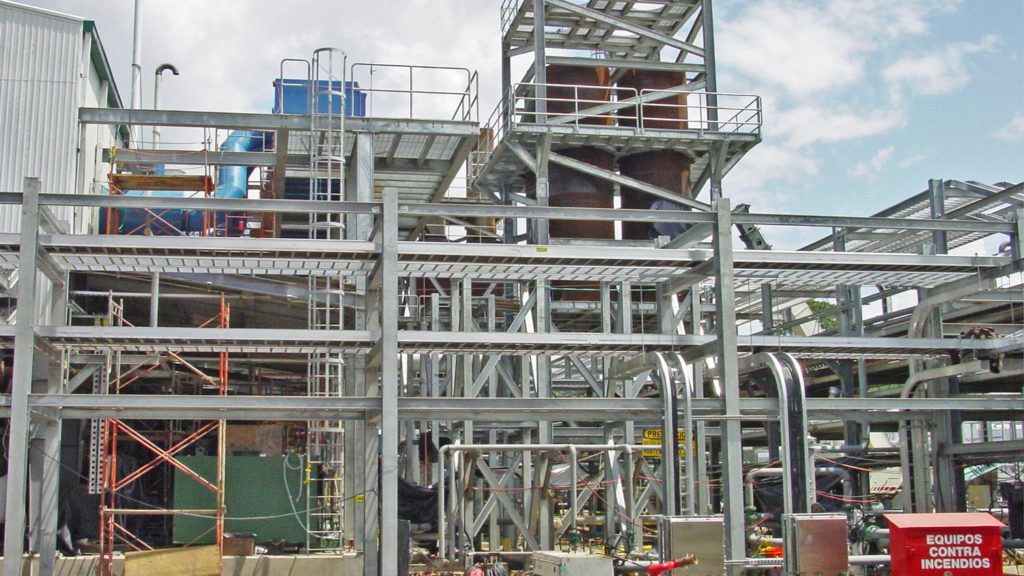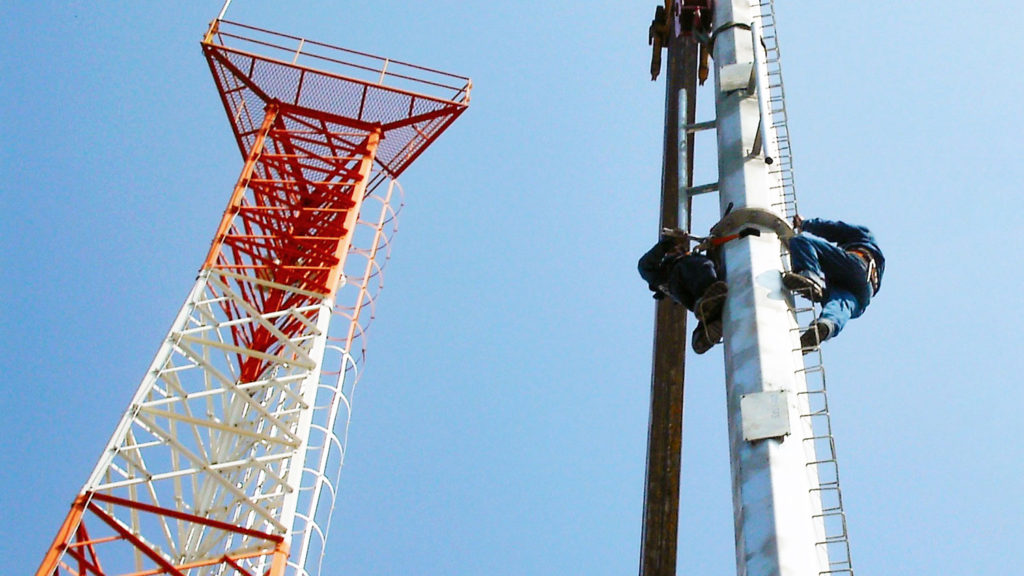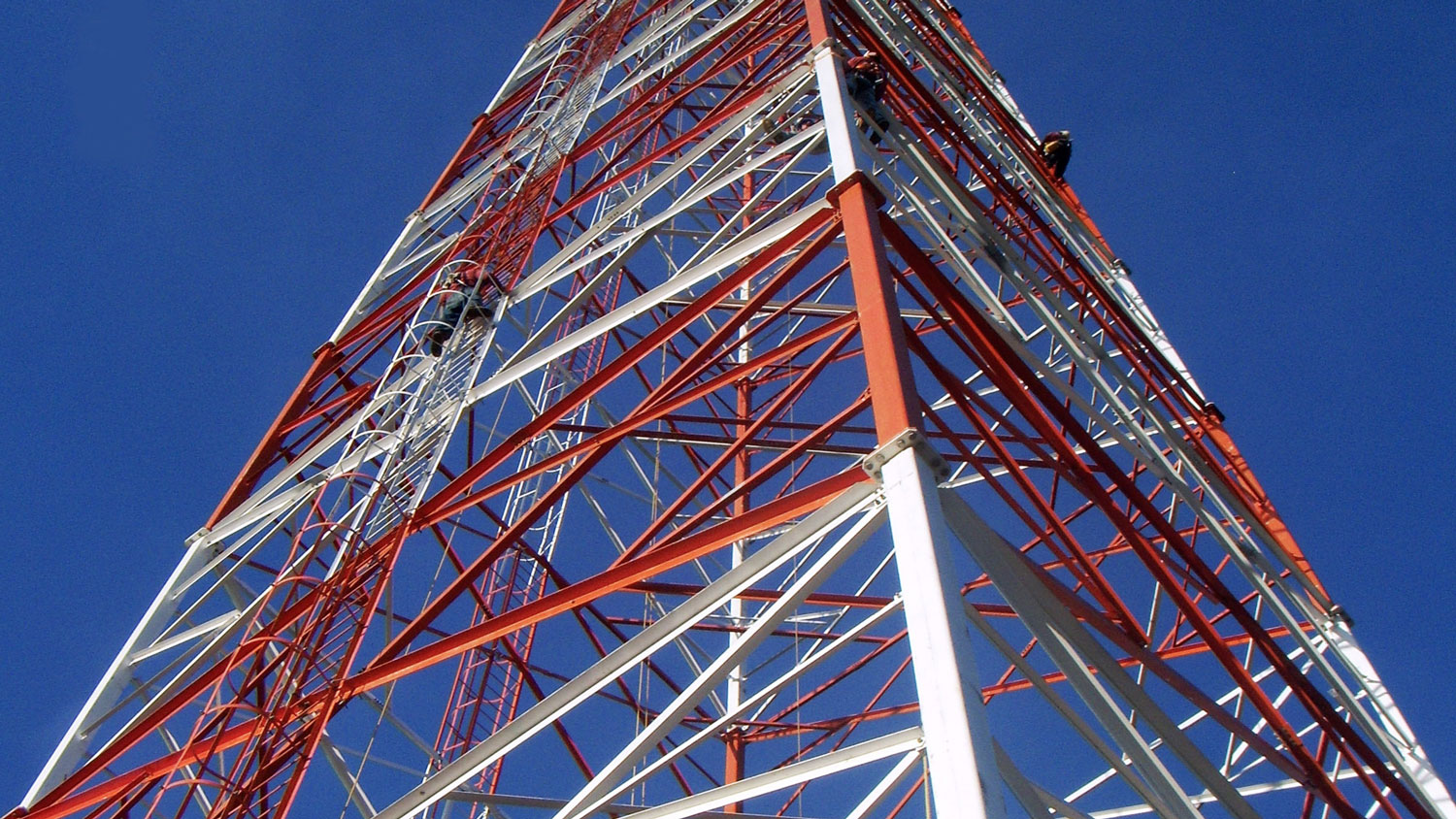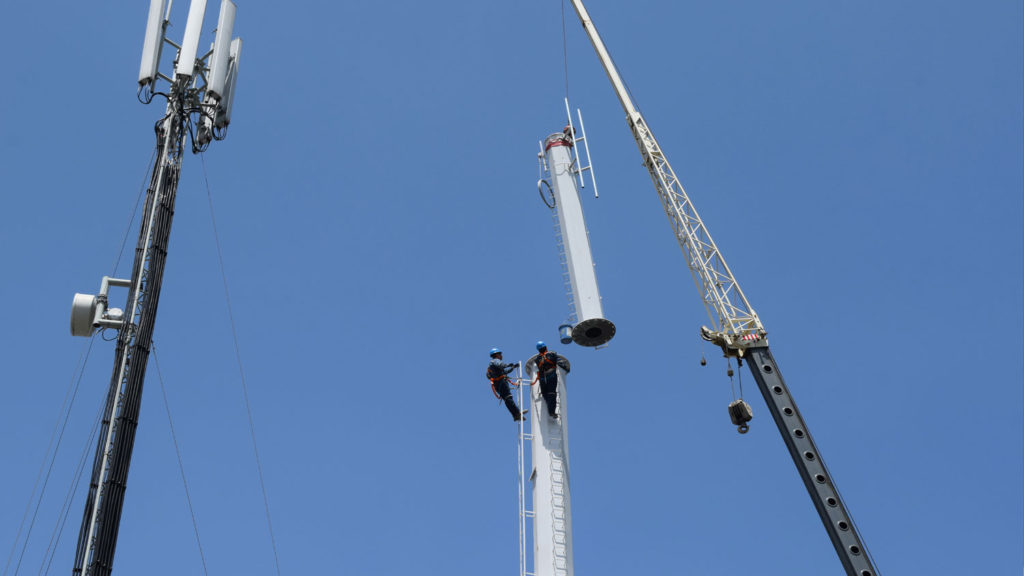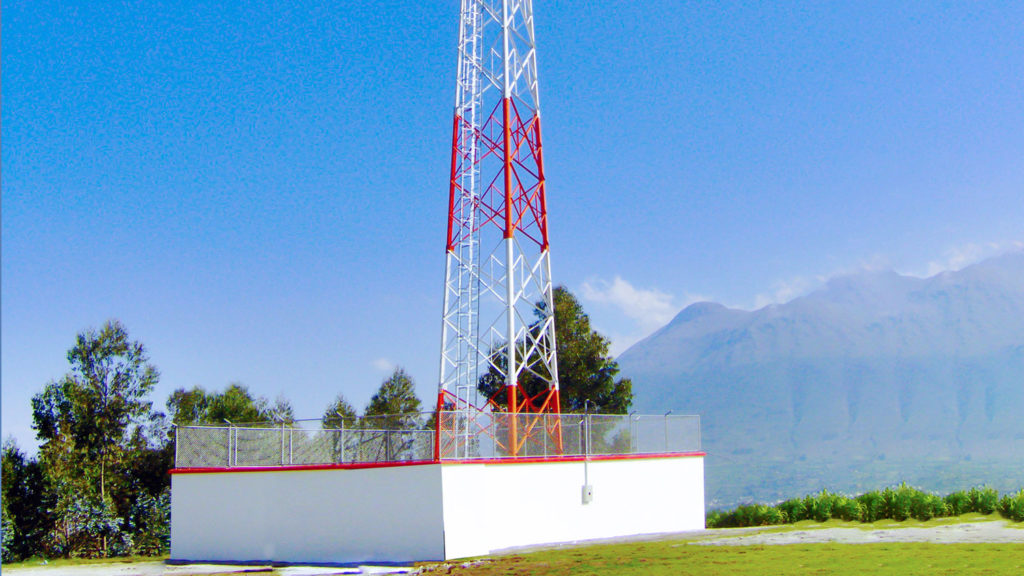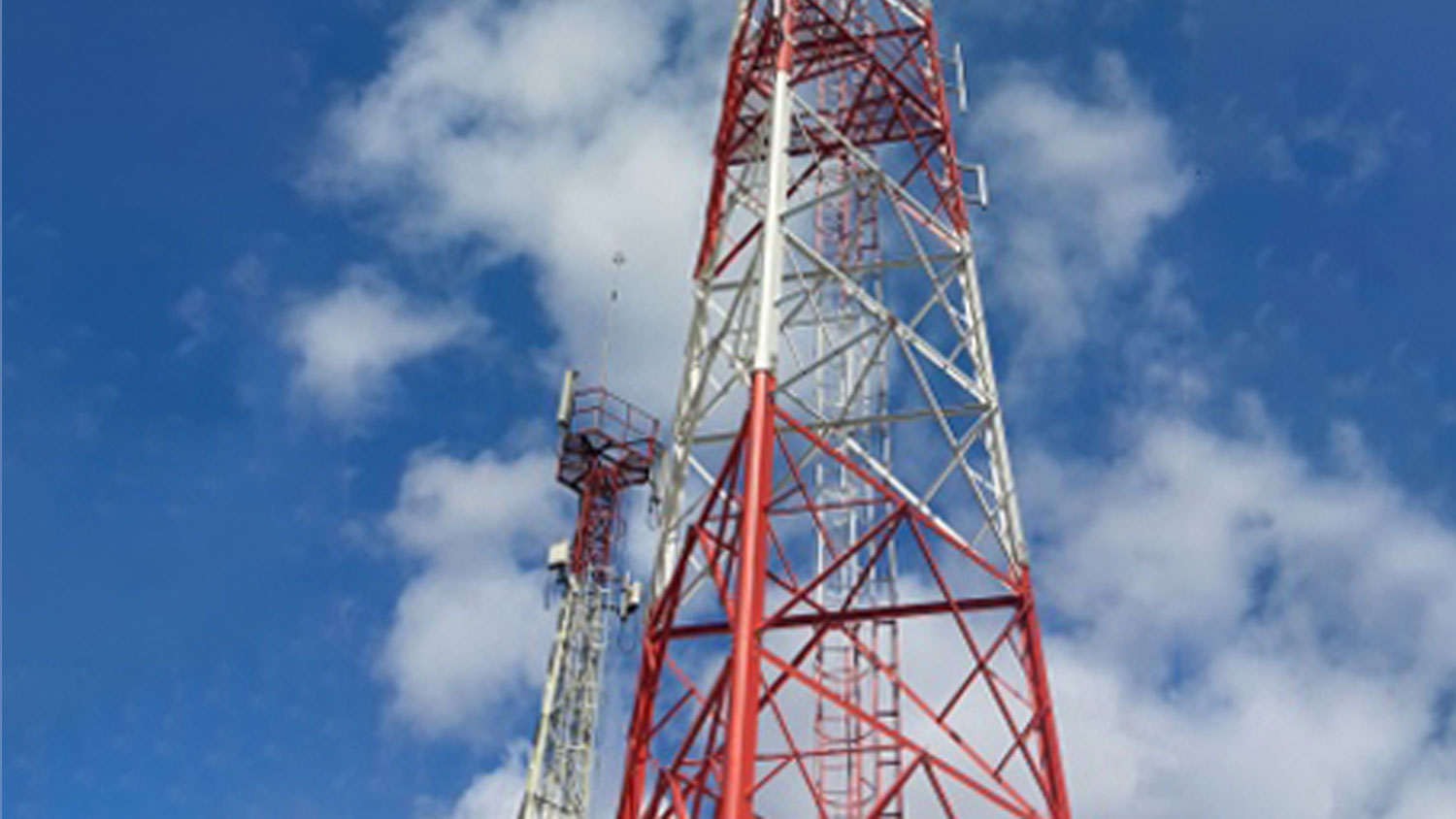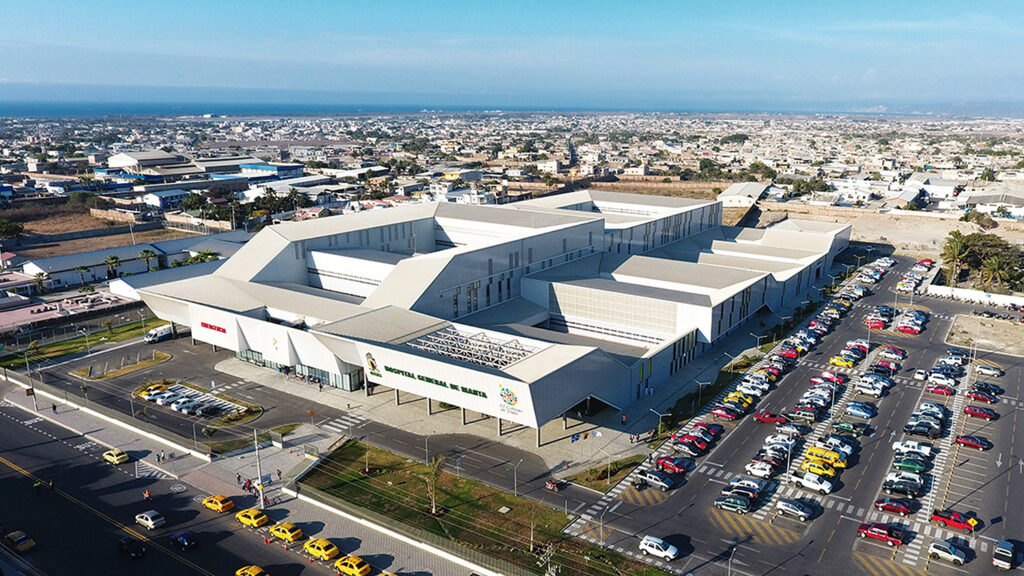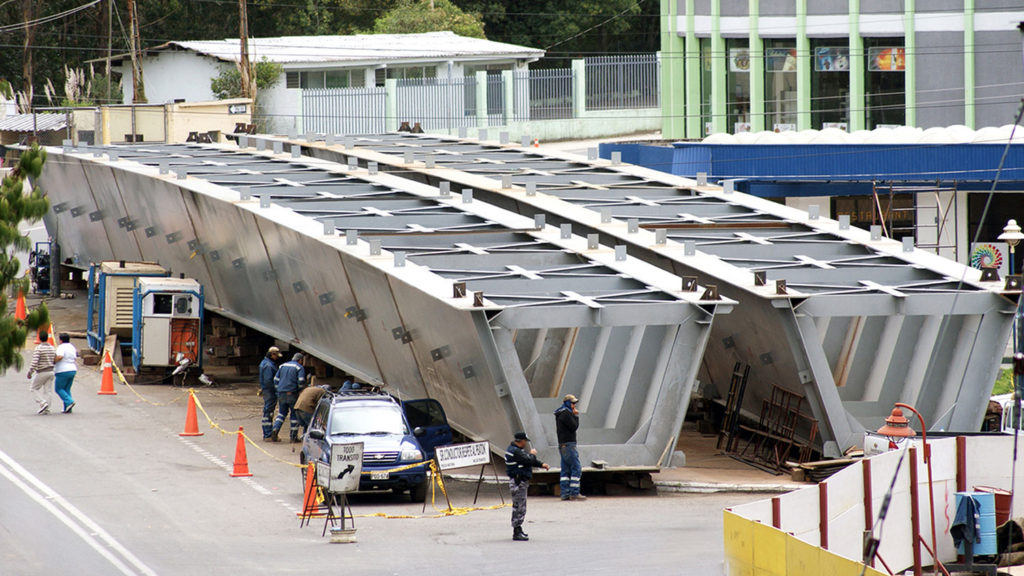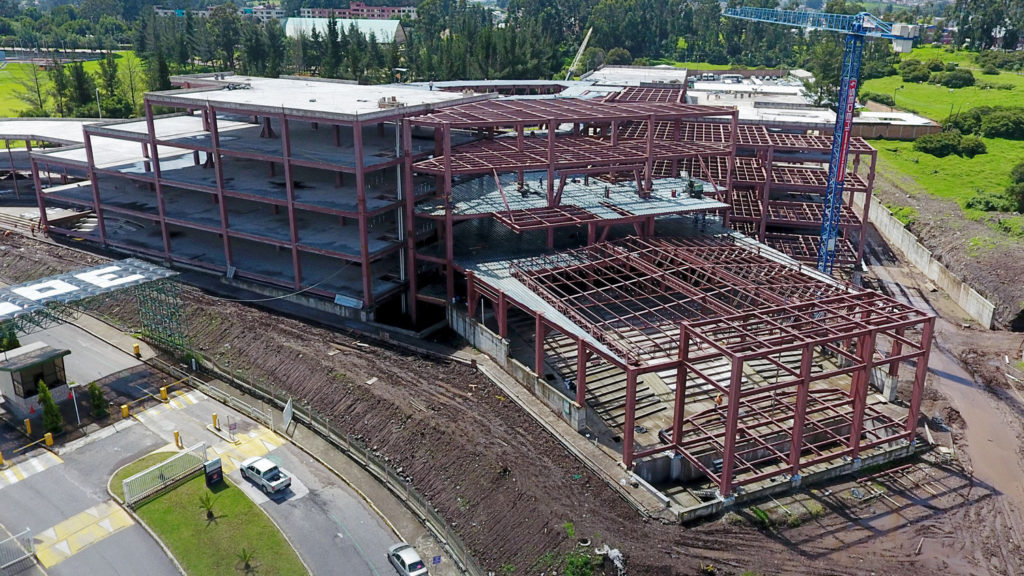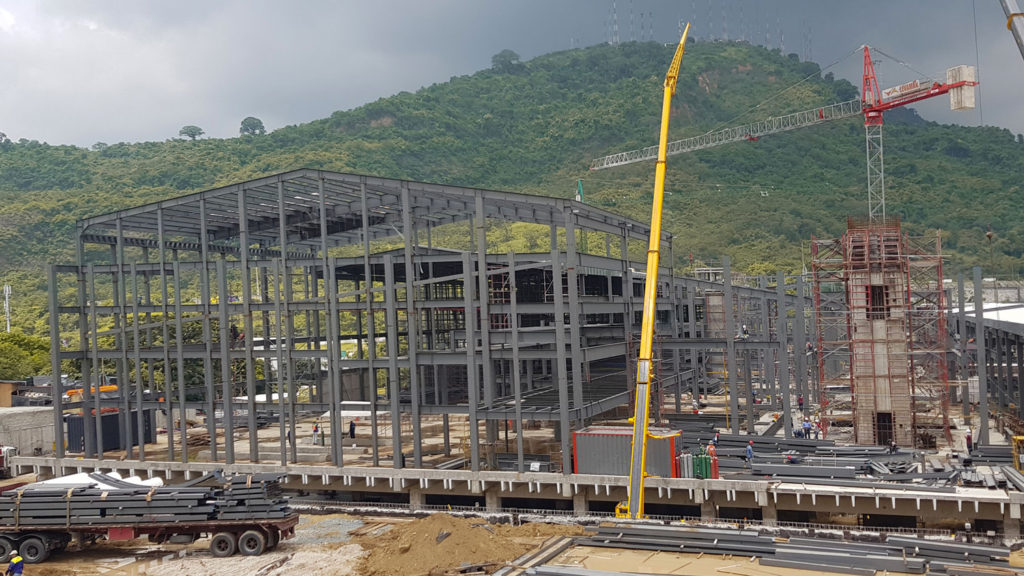Logistics centers are integral constructions where the reception and storage of any type of merchandise is carried out, to be later transported to different provinces, being an alternative widely used in Ecuadorian industry and commerce since it generates efficiency and competitiveness
During and after the pandemic, companies found themselves in need of having more than one logistics center to decentralize the distribution of their products to different regions of the country, and also to be able to meet the demand of the national market. Likewise, logistics has taken on great importance thanks to the growth of online commerce.
Ecuador is not far behind this booming construction trend and today there is a growing demand in the country for these types of buildings, which require high level of specialization and compliance of quality standards. Sedemi is a construction company with a long history that has incorporated Construction 4.0 to have greater control in the execution and planning of projects, as well as the automation of processes, achieving greater efficiency and optimization of resources.
The infrastructure of a logistics center is made mostly of steel, an optimal material for its construction, thanks to its excellent features, such as its ideal resistance for large projects, as well as contributing to the construction of large spaces compared to concrete. According to Erick Martínez: “we work with our clients from the design stage with integral and tailored solutions that provide safety and quality”.
The development of the country´s industry and commerce is gradually locating within these solutions that represent a great advantage even in construction time, which can vary according to size. For example, a 10.000 m² building can take 6 months long thanks to the industrialized manufacturing of its components in the plant, likewise it can go towards larger dimensions according to the company´s needs.
Undoubtedly, this construction trend is booming not only in Ecuador but throughout Latin America, where it also represents positive growth in industry and commerce, with a significant potential market. However, it is necessary to have a highly prepared and specialized construction company to build this kind of solution, with the purpose of delivering quality and durability.
“Sedemi is supported by its trajectory, with super structures of more than 300.000 m², working with large and renowned companies such as Grupo Superior, UMCO, La Provenzana, among others, using industrialized manufacturing, which makes the construction faster and more precise” said Martínez.
